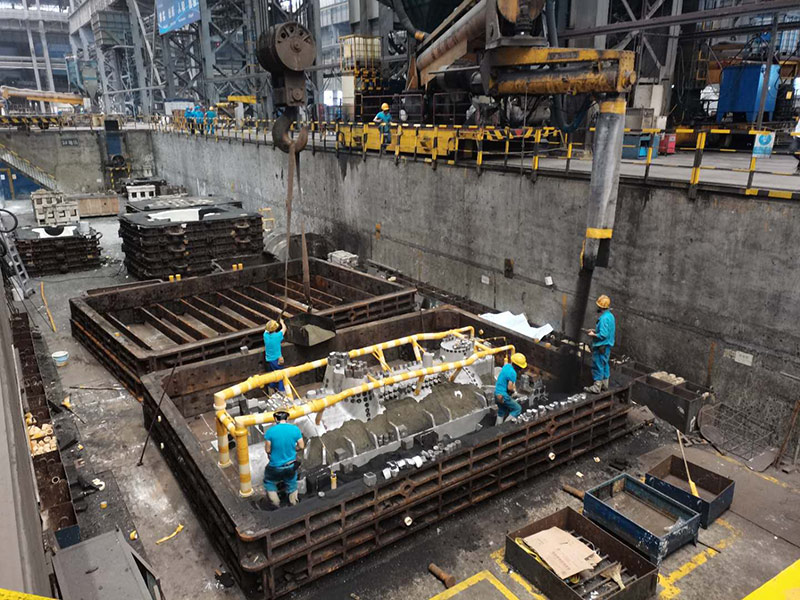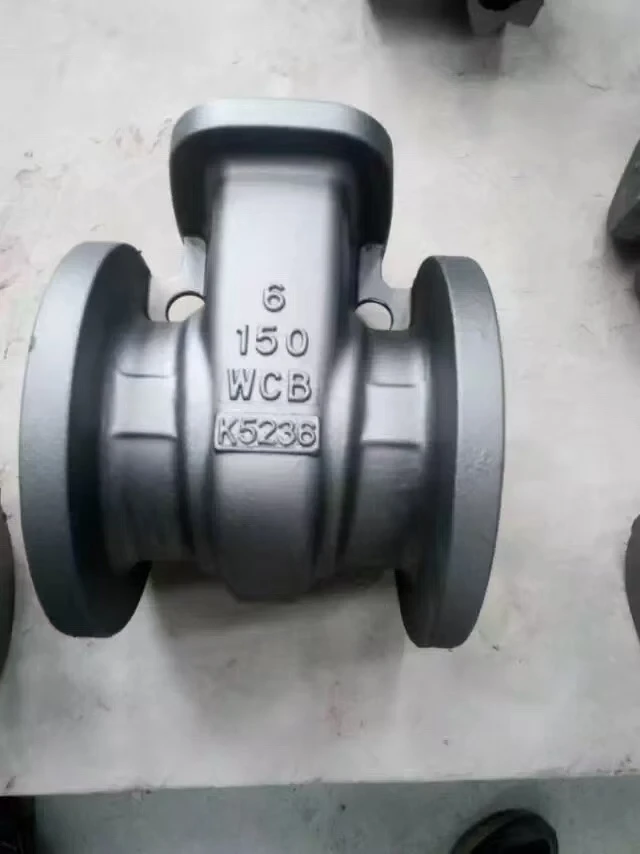

Forecasting future trends in casting sand pricing involves understanding broader economic conditions and their impact on raw material markets. Economic slowdowns can result in decreased demand and potential price reductions. However, economic recoveries generally see spikes in construction and manufacturing activities, driving up demand and prices for casting sand. Keeping abreast of global economic indicators can guide strategic decisions for procurement and inventory management. Additionally, the expertise of the foundry’s workforce plays an authoritative role in influencing costs. Skilled technicians adept in optimizing sand usage and mold designs can significantly reduce waste and improve turnaround times. Training programs and skill development initiatives are investments in maintaining quality and cost-effectiveness in production processes. Trustworthiness in casting sand procurement is built on transparent relationships with suppliers. Evaluating suppliers based on their compliance with quality standards and environmental certifications ensures reliability and trust. Foundries benefit from conducting regular audits and fostering open communication lines to quickly address any issues that might arise, thereby maintaining consistent production quality without unexpected costs. Real-world experiences underscore the importance of a tailored approach. Companies often find that engaging with industry networks and forums provides invaluable insights into market trends and technological advancements. Learning from peers within the industry can unveil innovative strategies that adapt to both local and global conditions, leading to more informed decision-making. In summary, the pricing of casting sand is a multifaceted issue that requires careful consideration of various economic, technological, and environmental factors. Businesses must adopt a holistic approach that weighs quality, innovation, sustainability, and supply chain stability. Staying abreast of market developments, technological advancements, and building trusted supplier relationships are keys to enhancing profitability and maintaining competitive advantage in the ever-evolving landscape of the metal casting industry. Post time:мар. . 07, 2025 01:05
Next:sand casting cost
